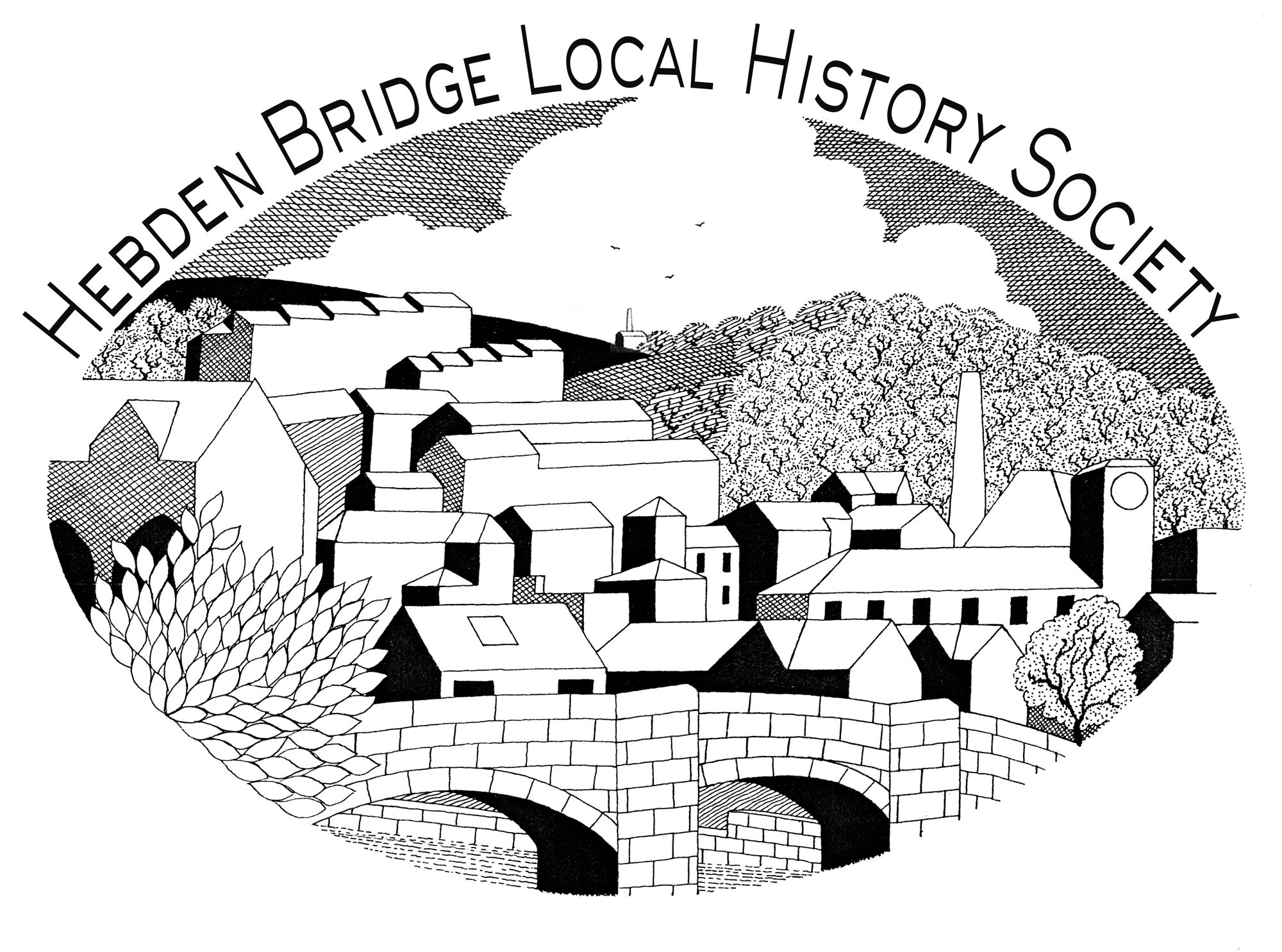The new season of talks to Hebden Bridge Local History Society began with a broad sweep view of local history, as writer and journalist Brian Groom outlined the astonishing growth and achievements of Manchester and its influence across its satellite towns, including Hebden Bridge.
The Romans, of course, left their mark, (though the Castlefield site was largely buried by the rush of 19th century development) and by the time of the Norman conquest Manchester was still a small village in a sparsely populated area.
At the time of the Civil War Manchester was a Parliamentarian stronghold, playing a significant role in withstanding a Royalist siege from its Salford neighbours. But a general war-weariness meant that with the Restoration of the Monarchy, Manchester put its energy into its rapidly growing textile industry. Soon the landscape was changed, with the Bridgewater Canal and Arkwright’s mill marking the rise of industrialisation.
Rapid change led to prosperity for some, but also considerable unrest. This was the time when Manchester’s radicalism took hold. The most famous event was the brutal suppression of protest at ‘Peterloo’, but there was also a groundswell of radical thinking growing from Chartism, Trades Unionism, Communism and later the demand for Women’s Suffrage.
The power and influence of manufacturers was also strong: Manchester after all was the home of Free Trade, and grew prosperous on the basis of trade in cotton produced by slaves in America. So, there was a conflict of ideals: Manchester people could be strong in campaigning for abolition of slavery but others were very much the beneficiaries of the system, amassing great fortunes.
The difficult days of the mid-19th century saw horrific poverty alongside growing wealth, documented by writers such as Mary Gaskell and political thinkers such as Friedrich Engels. But change was unstoppable, with canals and railways transforming the landscape, especially visible in the narrow Calder Valley. In Manchester the industrial projects were even bigger, with the Manchester Ship Canal successfully moving essential port access away from Liverpool and close to the manufacturing heart of its Lancashire rival. Alongside, the Industrial Estate of Trafford Park saw engineering entrepreneurs becoming massive employers and boosting Manchester’s place in the world as the source of invention.
Manchester’s fortunes may have suffered a post-war decline, but there has undoubtedly been a resurgence of growth in the 21st century. It is making a physical mark on the skyline with the proliferation of shiny office blocks. Manchester remains a powerhouse of business and culture, and a strong influence on its surrounding towns. Though that gulf between the wealth of the city (and its closest towns) with the deprivation of old industrial centres such as Oldham.
Brian’s books Northerners and Made in Manchester, available in bookshops and on-line, tell the wider story, expanding on the city’s musical and cultural heritage, its world-wide influence and other social trends.

